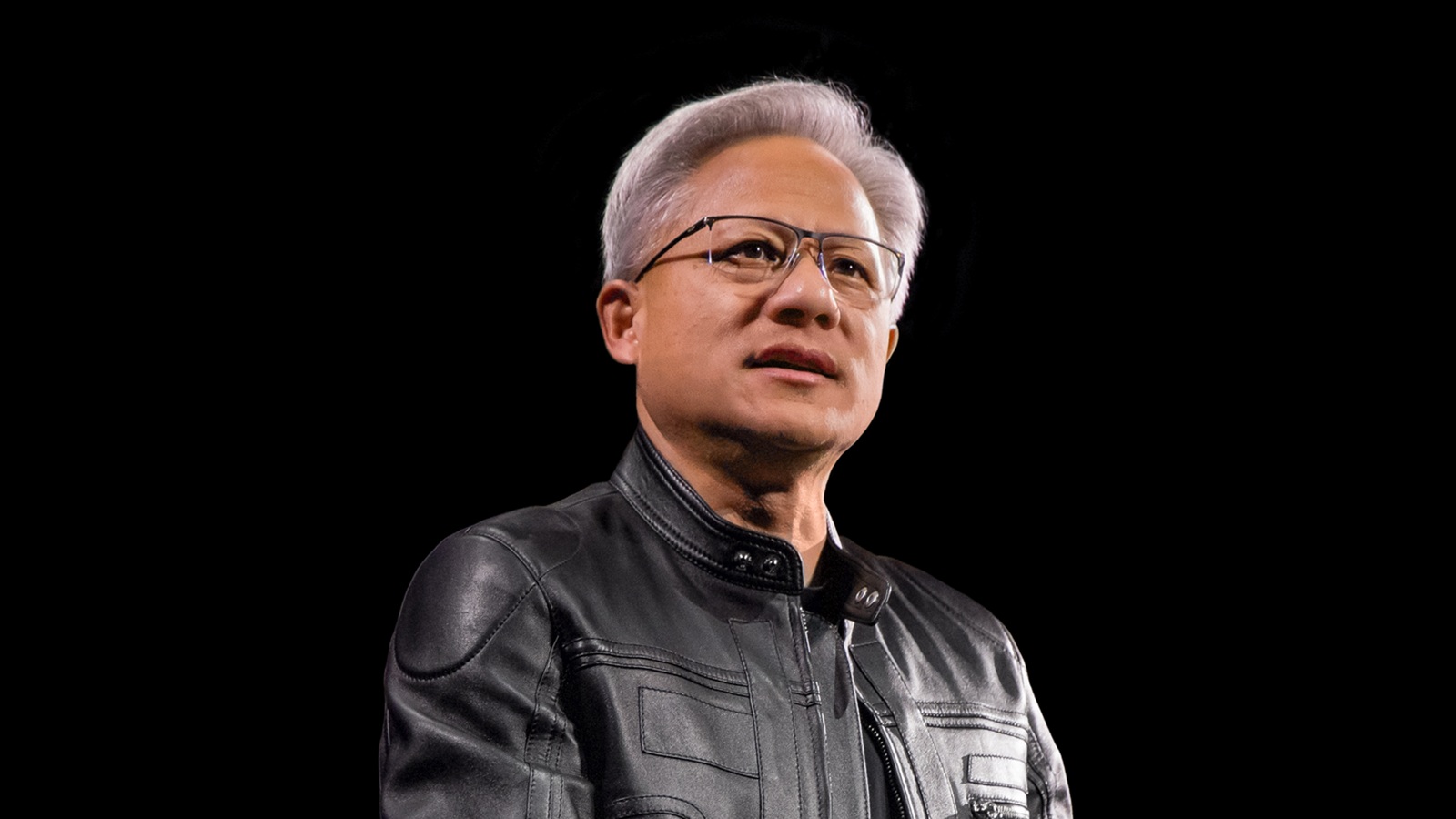**Amazon and UPS Job Cuts Amid AI Boom: What the Numbers Really Say**
*By Ross Clark | Spectator World | October 29, 2025*
There has been much wallowing over news that Amazon and UPS have each just cut 14,000 jobs. Some Amazon employees report being fired with all the heartlessness you might expect in a world dominated by technology: by automated email. Maybe it was even AI which handpicked them to be de-emphasized, to use that dreaded 1990s expression.
This, then, seems to be the future: where an elite of AI entrepreneurs grow rich while the rest of us slip into idleness and unemployment. So much for those who have been gleefully predicting the implosion of the AI boom.
Nvidia has just been revealed to be the world’s first $5 trillion company, with a market capitalization greater than the whole of Germany. There is just one thing wrong with this analysis — and not just because it is hazardous to treat Amazon as if it were the entire economy (even if it sometimes seems to be so).
If there are job losses in some areas, it doesn’t show up in the overall employment figures. The US Bureau of Labor Statistics recently reported that the number of payrolled positions was up another 22,000 in August. While job creation has been a little on the quiet side since April, employment is up 1.466 million over the past 12 months, following on from a few thumping years of job creation.
This is a remarkably dry bloodbath.
It has become received wisdom in recent years that AI is the industrial revolution of the white-collar classes. Where agricultural workers saw their jobs ravaged by the development of threshing machines, and later factory workers found themselves made redundant by more efficient machinery, now it is the turn of the professional classes. Lawyers, accountants, marketing people — all will be swept aside as AI romps through their professions.
Yet, take a look at the employment figures and they tell a more nuanced story.
“Professional and business services” show a fall, down 55,000 payrolled positions over the past year. Yet there has been a huge expansion in jobs in “private education and health services,” both industries slated for mass job losses thanks to AI, but which have grown by 862,000 jobs over the past 12 months.
If we are using AI to do our accounts, we do not—at least yet—seem to be using it to educate our children or to care for our dodgy knees.
The biggest source of job losses over the past 12 months has been in manufacturing, where 78,000 jobs have been lost — continuing a tale of the past few decades as rustbelt industries shed jobs. Whether or not AI is responsible for some of that, the figure certainly doesn’t say much for Donald Trump’s trade wars. Wasn’t that the whole point of the tariffs — to protect US manufacturing jobs?
If AI does go on to lead to a mass net destruction of jobs, it would be the first technology in history to do so. Similar claims have been made about all labor-saving technologies in history, from ploughs to power looms to robotics. Yet for every job they destroyed, they provoked the creation of more than one new job in some other industry. They freed up labor to be used elsewhere, enriching society in the process.
Why should we expect AI to be any different?
There is just one way in which AI is a bit different, though: it has a habit of consuming its own children. Among the jobs being lost at the moment is reportedly a large number of coding jobs, as AI begins to do the work of the very people who have been creating it.
Unless you are right at the forefront of the coding profession, you should be watching your back — or rather your phone — for an automated redundancy notice.
—
**Topics:** Business/Economy, Culture/Society, News/Current Events
**Keywords:** ai, jobs
—
**Support Free Republic**
Click here to donate by Credit Card
Or here to donate by PayPal
Or donate by mail to:
Free Republic, LLC
PO Box 9771
Fresno, CA 93794
Thank you very much and God bless you.
—
*Disclaimer: Opinions posted on Free Republic are those of the individual posters and do not necessarily represent the opinion of Free Republic or its management. All materials posted herein are protected.*
https://freerepublic.com/focus/f-news/4349542/posts
